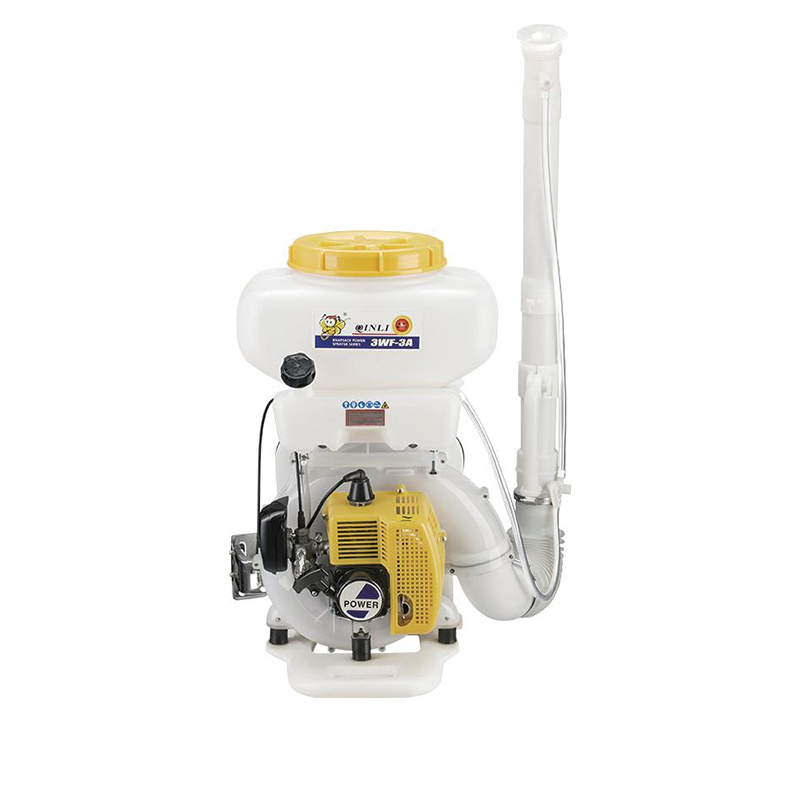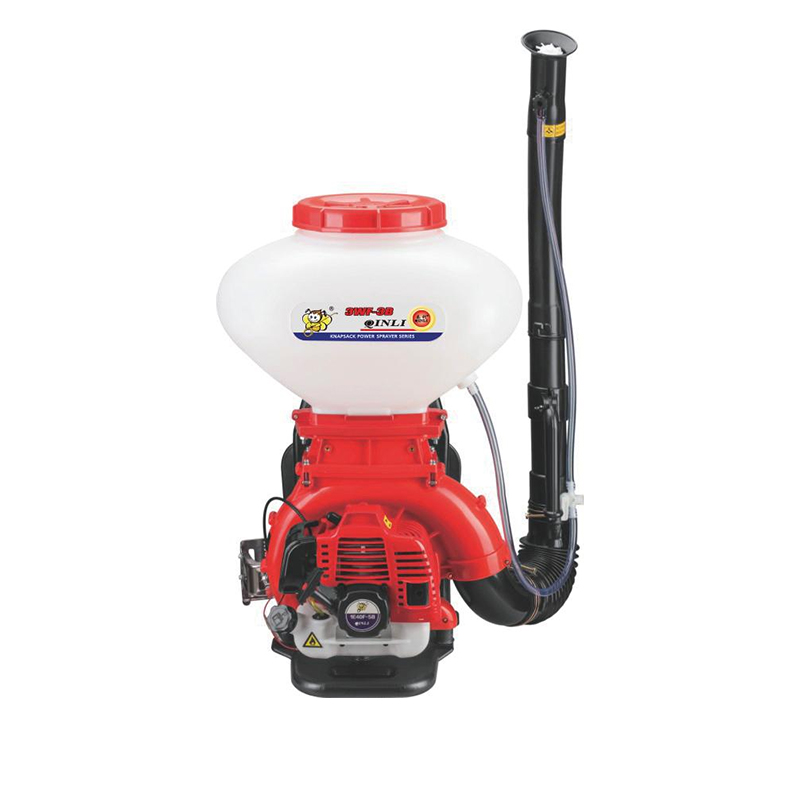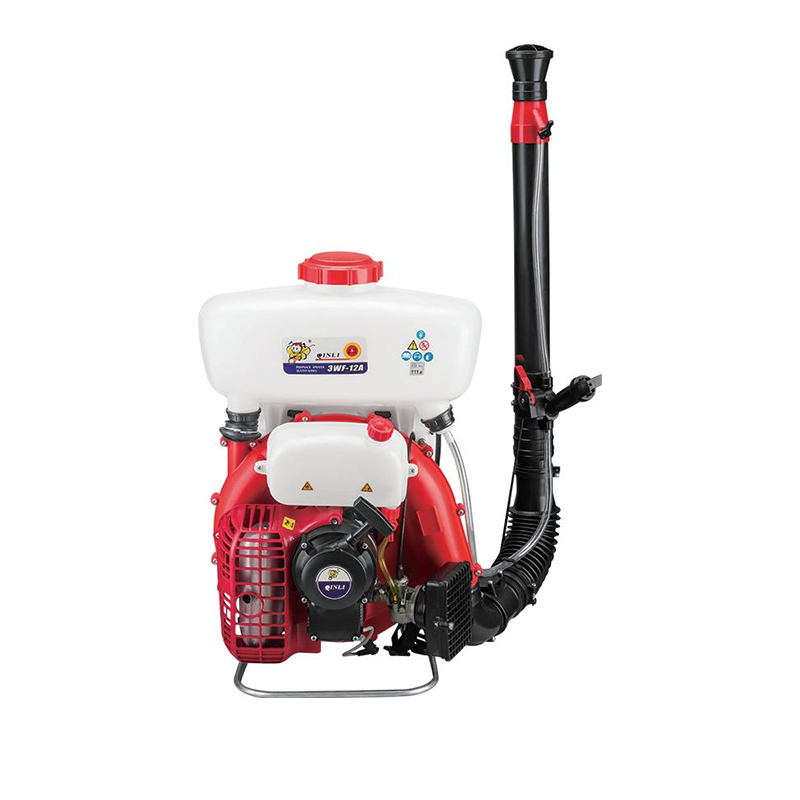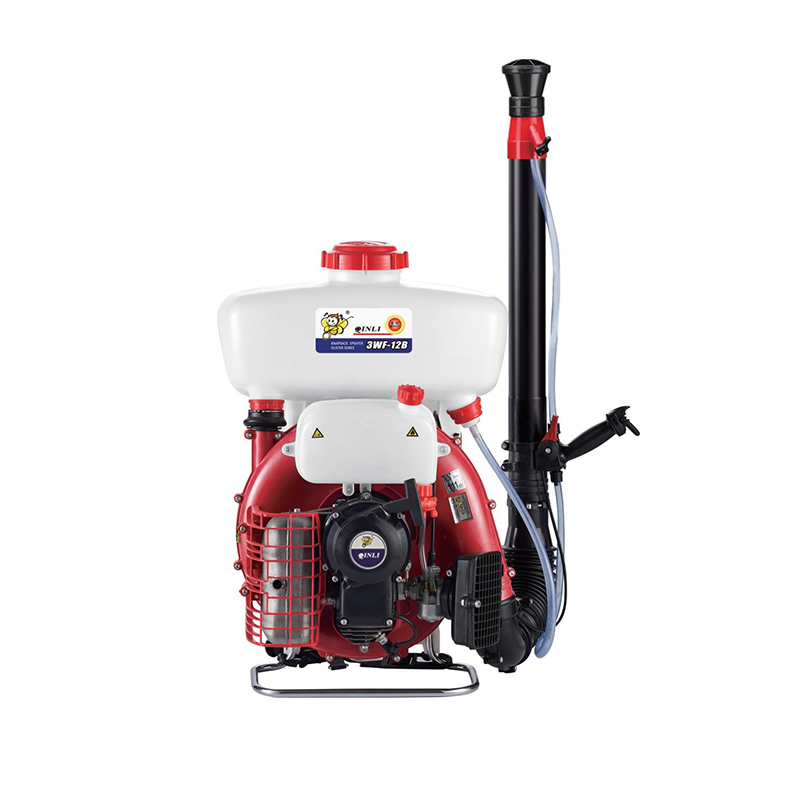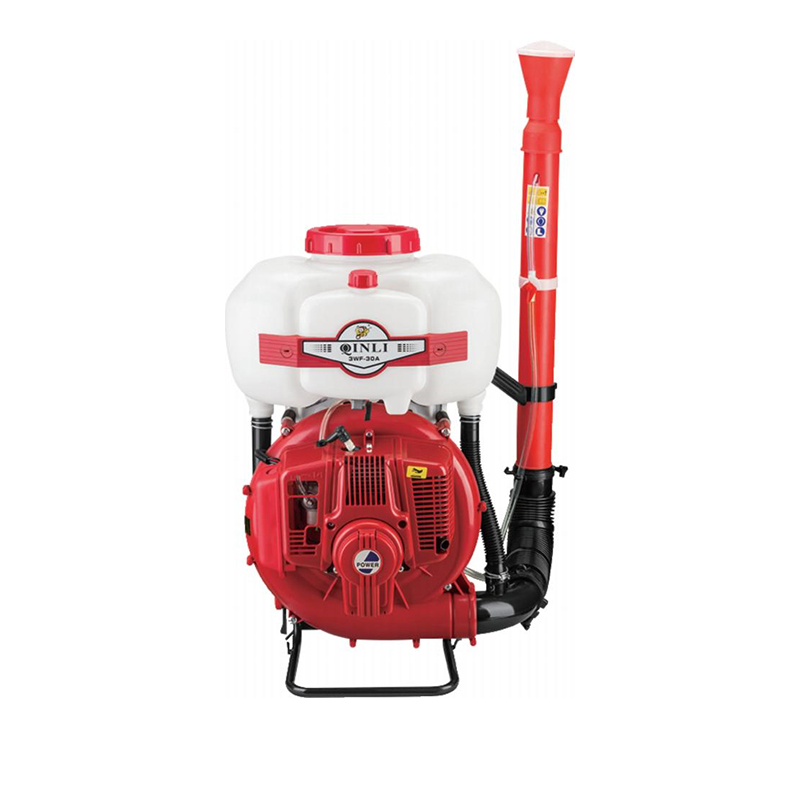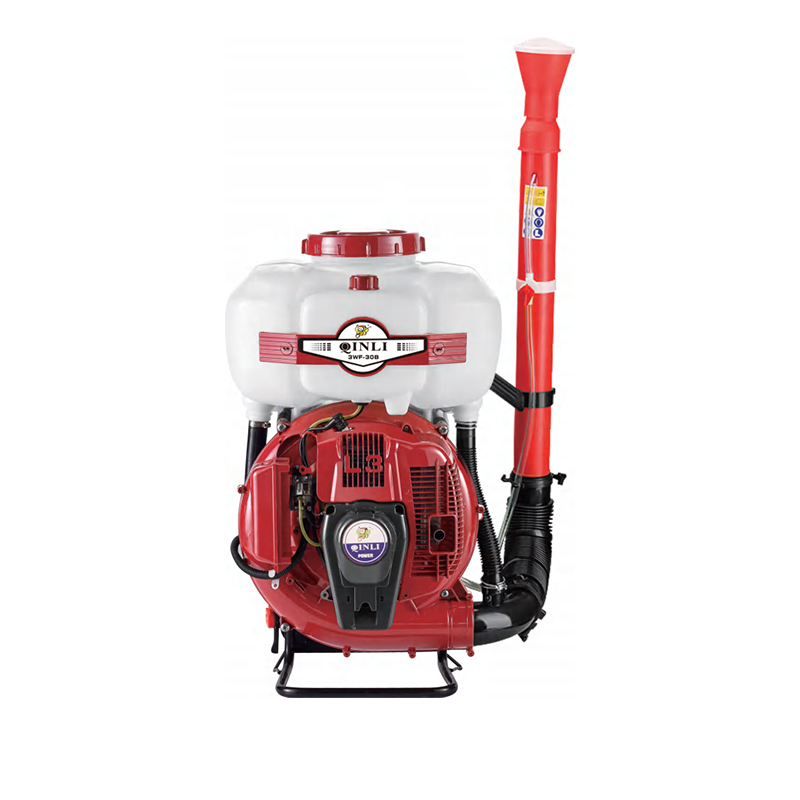Product Search
Environmental Benefits of Saving Energy Low Consumption Gasoline Engine
A saving energy low consumption gasoline engine is a type of internal combustion engine designed to achieve efficient fuel use while maintaining reliable power output. It is commonly used in vehicles, generators, agricultural machines, and construction equipment. The focus of this engine design is to small fuel consumption and reduce emissions without compromising performance.
The saving energy low consumption gasoline engine operates on the principle of converting chemical energy from fuel into mechanical energy through combustion. The engine consists of several main parts: the cylinder block, piston, crankshaft, camshaft, valves, and ignition system. Air and fuel are mixed and compressed inside the combustion chamber, then ignited by a spark plug to create controlled explosions. These explosions push the piston, generating rotational power that drives machinery or vehicles.
Modern designs include advanced features such as lightweight materials, high compression ratios, and optimized valve timing. These improvements increase thermal efficiency, allowing the engine to extract more power from each unit of fuel. A precise fuel injection system ensures an accurate mixture of air and gasoline, improving combustion quality and reducing waste.
Several innovations make low consumption gasoline engines energy efficient. One of the main developments is electronic fuel injection, which replaces older carburetor systems. This technology adjusts fuel delivery based on load, speed, and temperature, ensuring that only the necessary amount of fuel is used. Variable valve timing also helps control airflow in and out of the combustion chamber, further enhancing performance while reducing energy loss.
Lightweight components such as aluminum cylinder heads and forged pistons reduce engine weight and friction. Low-friction coatings on internal parts small mechanical resistance, improving overall efficiency. Additionally, improved cooling systems and lubricants maintain good operating temperatures, preventing excessive wear and fuel waste.
Saving energy low consumption gasoline engines are used in a wide range of equipment and vehicles. In the automotive sector, they power compact cars, motorcycles, and small utility vehicles. In agriculture and construction, they serve as reliable power sources for pumps, sprayers, generators, and compact machinery. Portable machines such as lawn mowers, chainsaws, and tillers also benefit from these efficient engines, providing sufficient power while using less fuel.
Their adaptability and low operational cost make them popular in industries that require mobility and consistent performance. The reduction in fuel usage not only lowers expenses but also decreases carbon emissions, supporting environmental sustainability.
The main advantages of a saving energy low consumption gasoline engine include reduced fuel costs, stable operation, and longer service life. Its efficient combustion design produces less exhaust, helping meet modern emission standards. The reduced friction and heat buildup also contribute to durability and smoother performance.
To maintain performance, regular maintenance is essential. This includes changing engine oil, cleaning air filters, inspecting spark plugs, and ensuring proper fuel quality. Keeping the cooling system clean and checking for leaks can prevent overheating and extend the engine’s lifespan. Properly maintained engines continue to deliver consistent power and maintain their fuel-saving characteristics over time.
The saving energy low consumption gasoline engine represents a practical balance between performance and efficiency. Incorporating advanced fuel control, lightweight materials, and smart design, it helps reduce fuel usage while maintaining dependable output. Its broad range of applications in vehicles, machinery, and portable equipment demonstrates its value in modern energy-conscious industries.
Recommended Products
- CONTACT DETAILS
-
- +86-13857697898
- +86-576-88121879
- export@qinlisprayer.com
- 18 Yanhai, sanjia Street, Jiao Jiang Dis, Taizhou city, Zhejiang, China
 Download Sample
Download Sample
- PRODUCT CENTER
- SEND A MESSAGE



 English
English  中文简体
中文简体  Español
Español  عربى
عربى 

